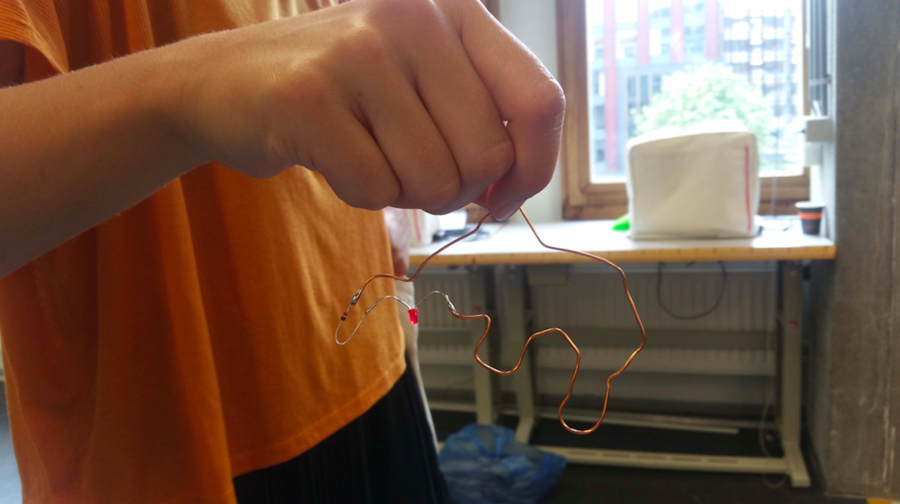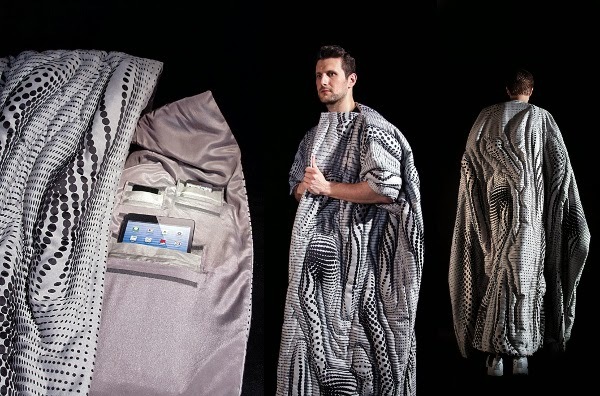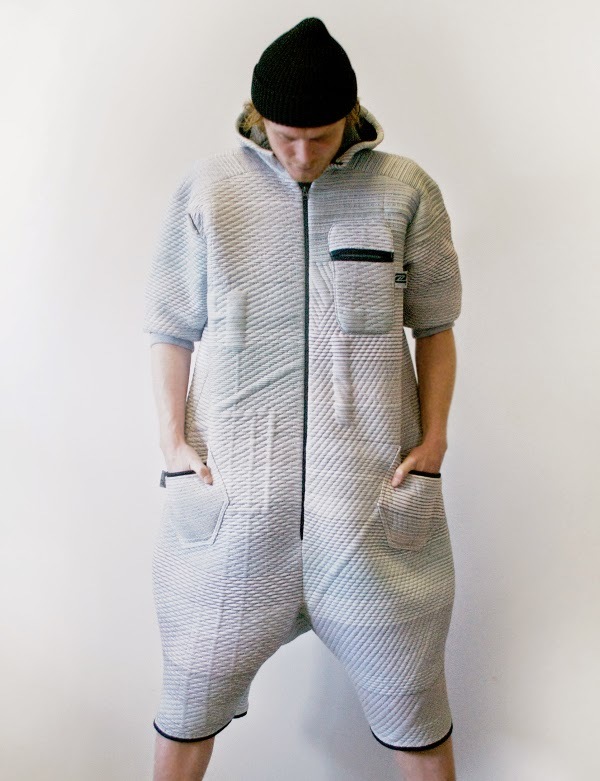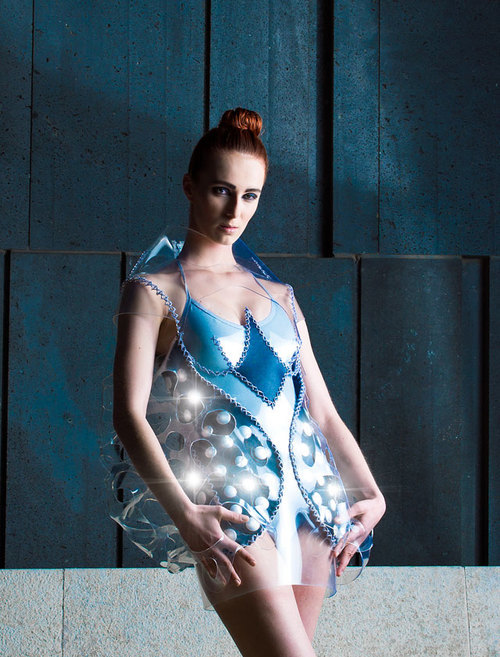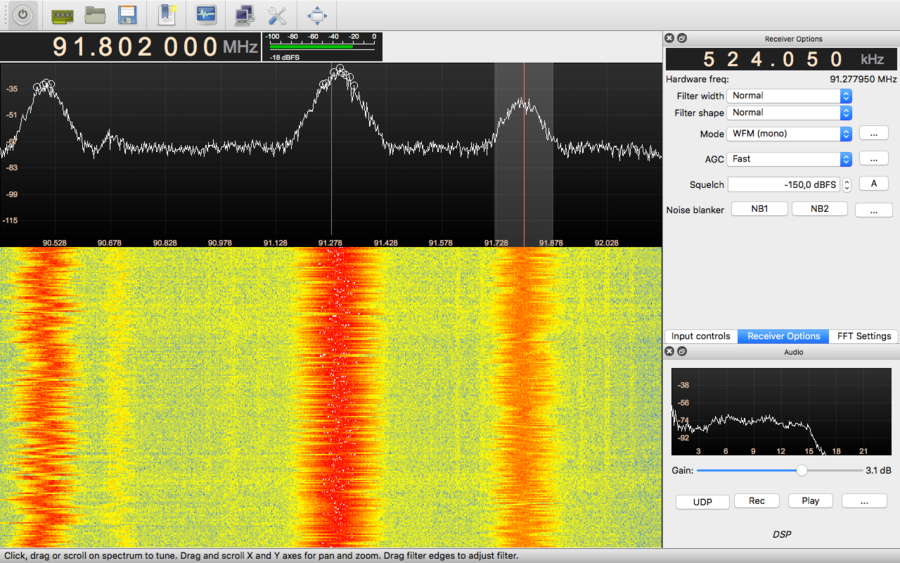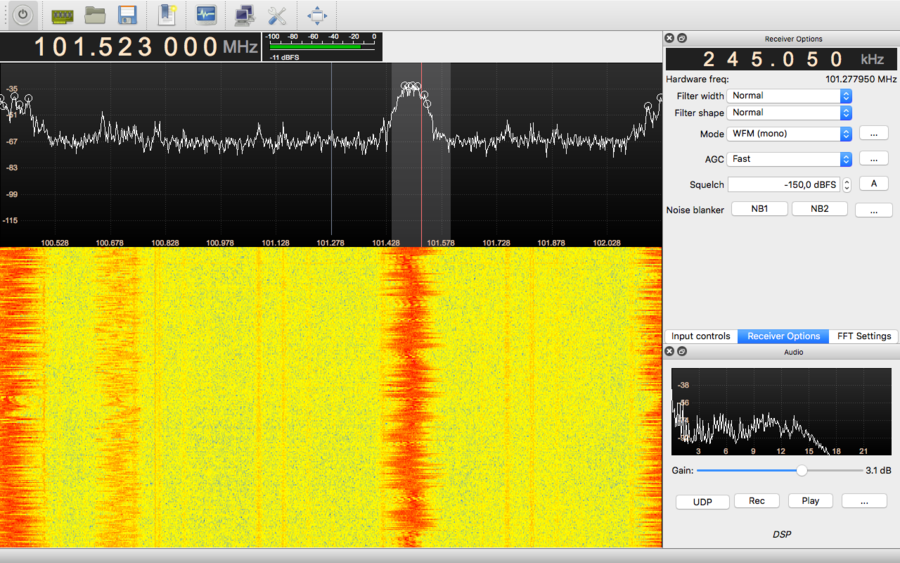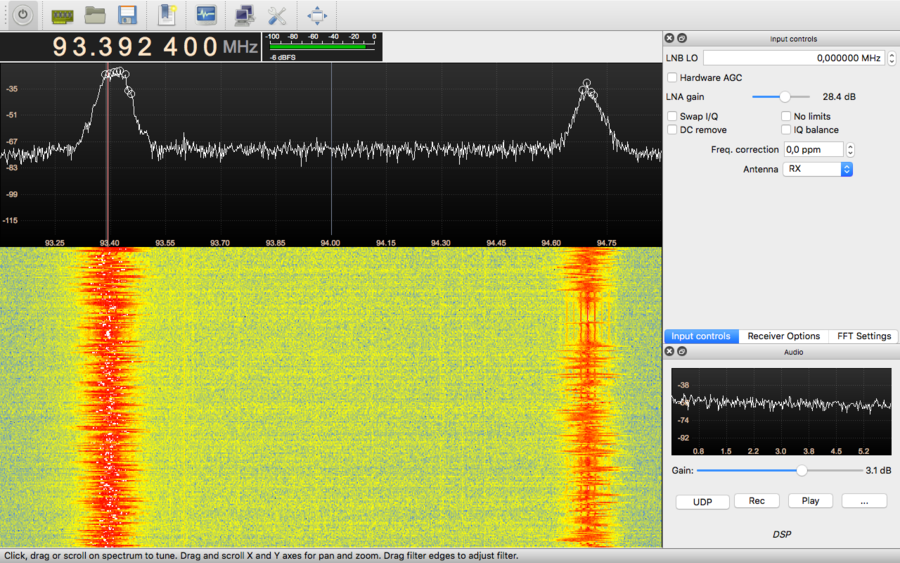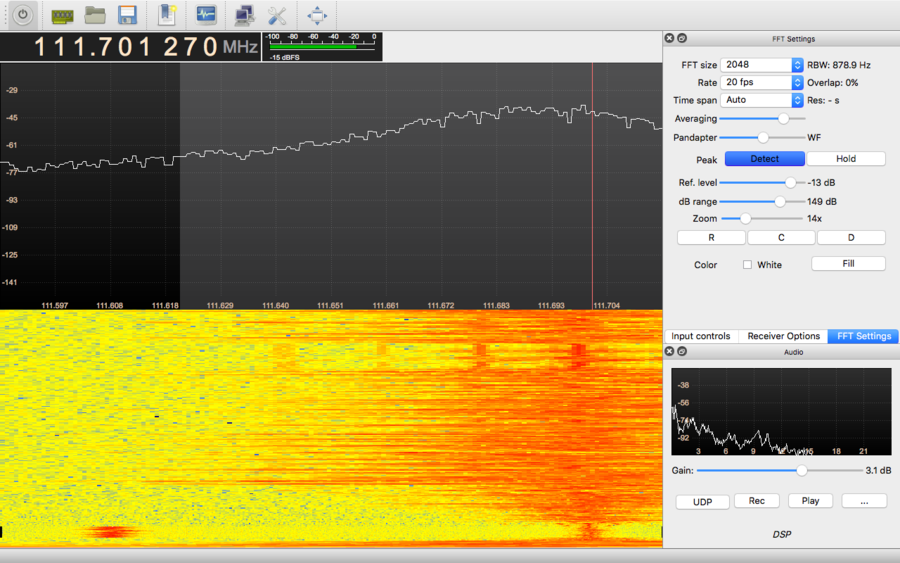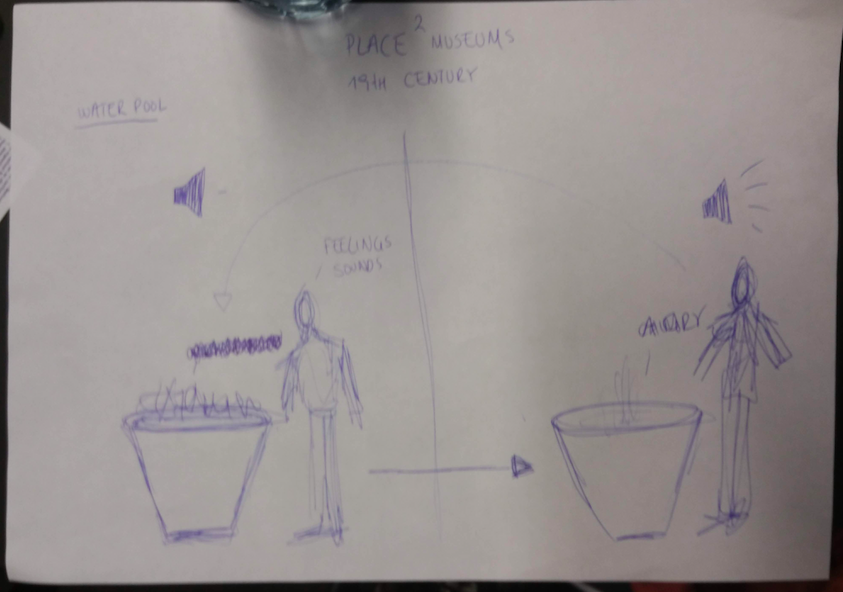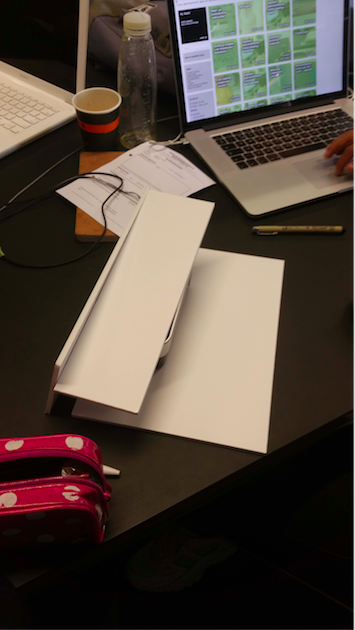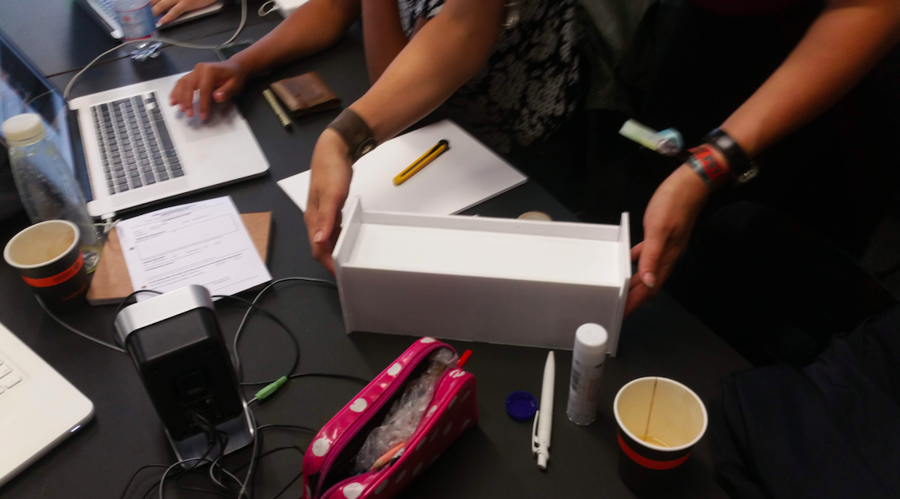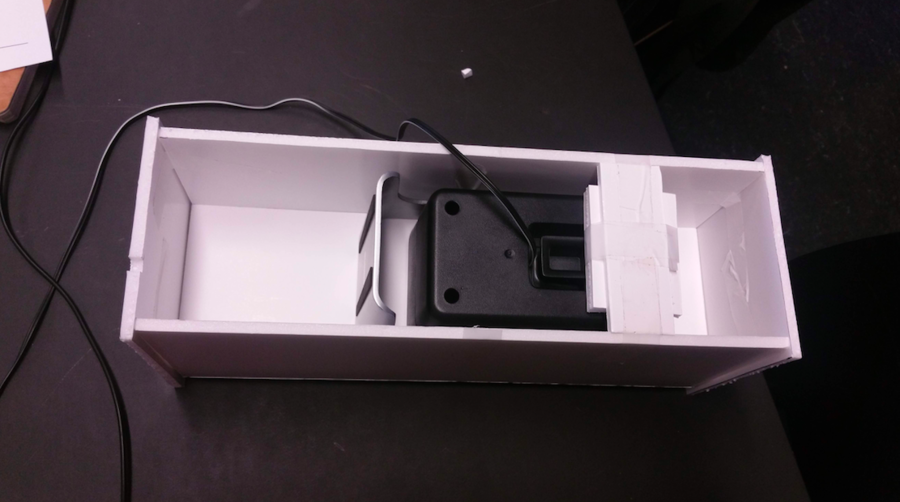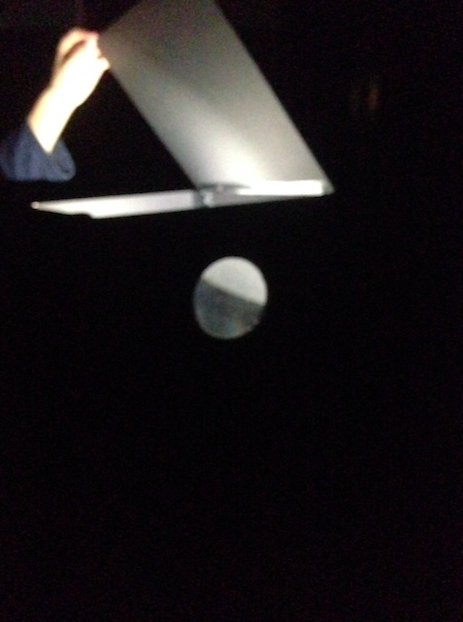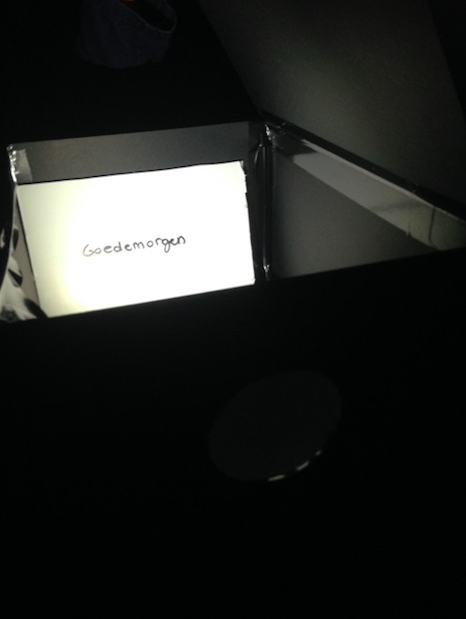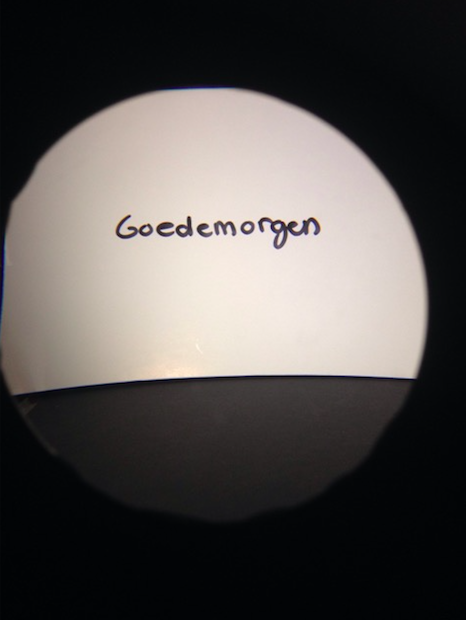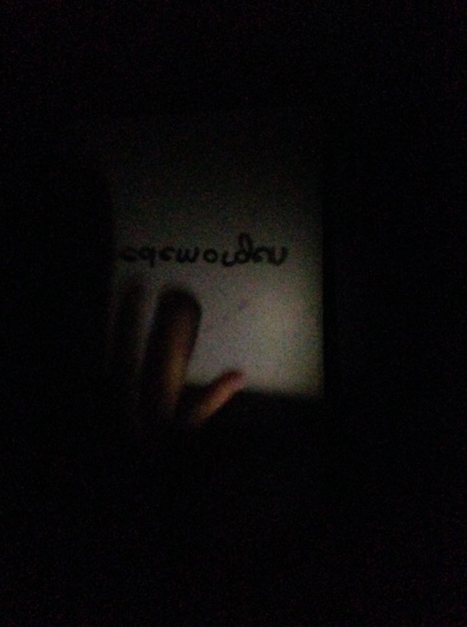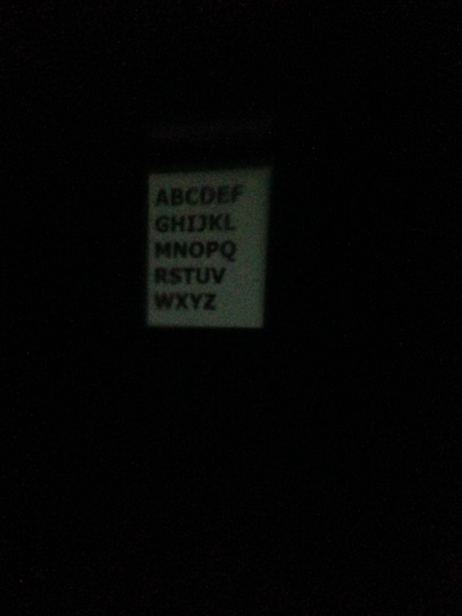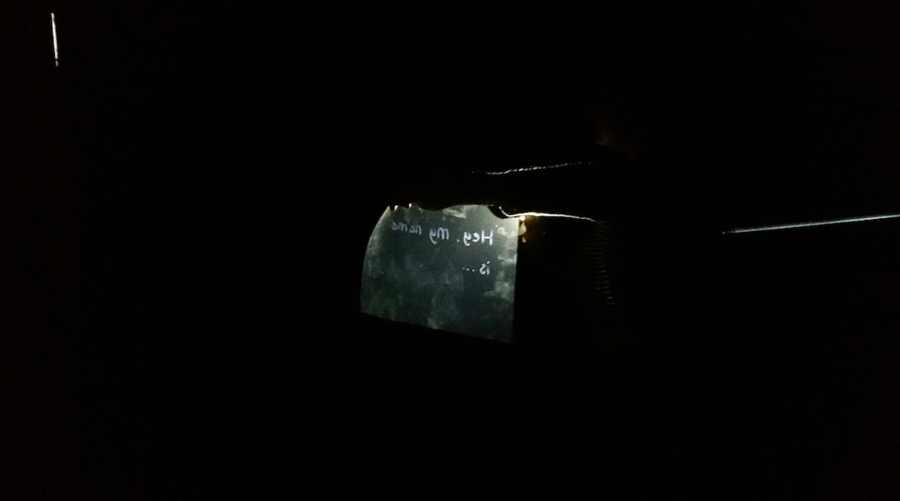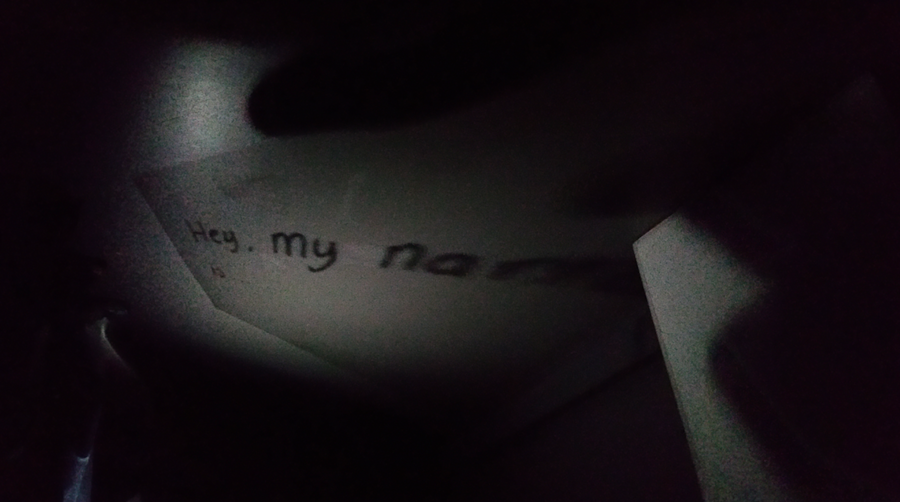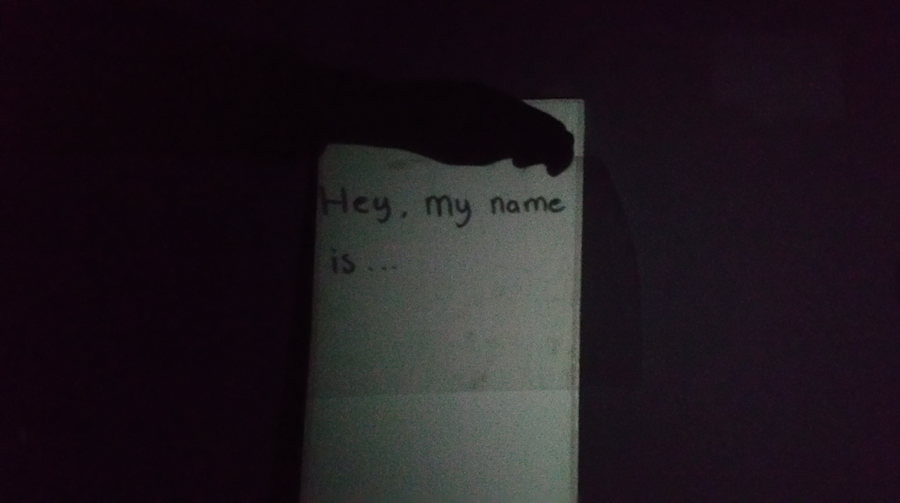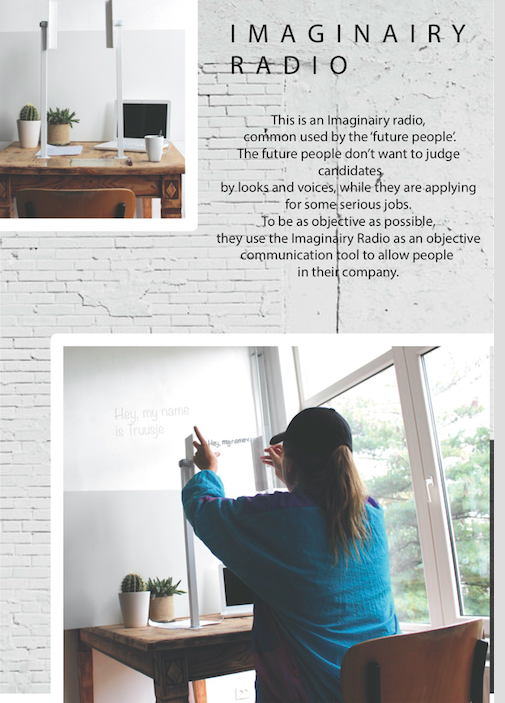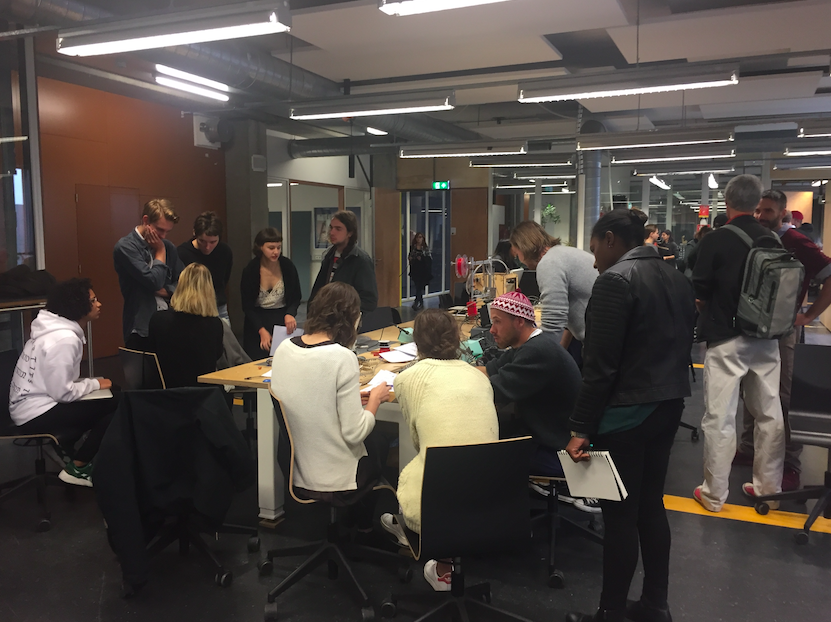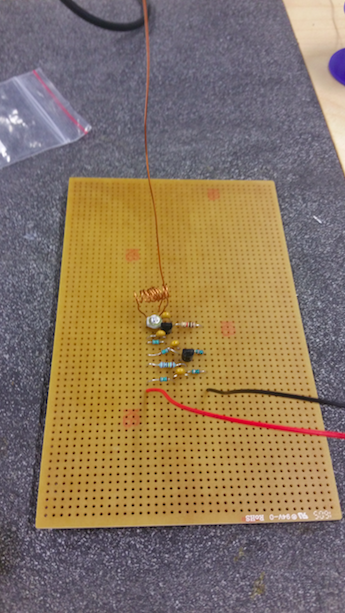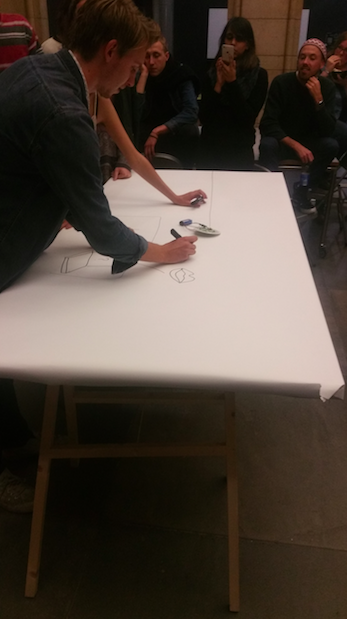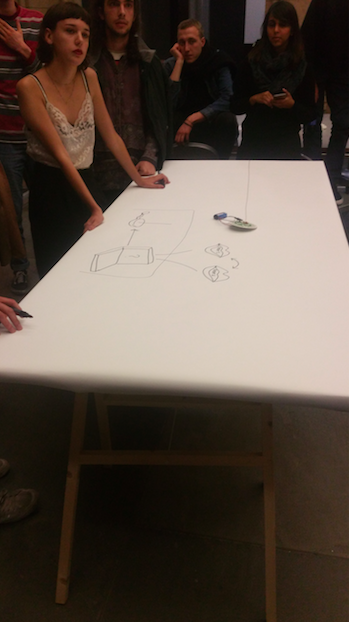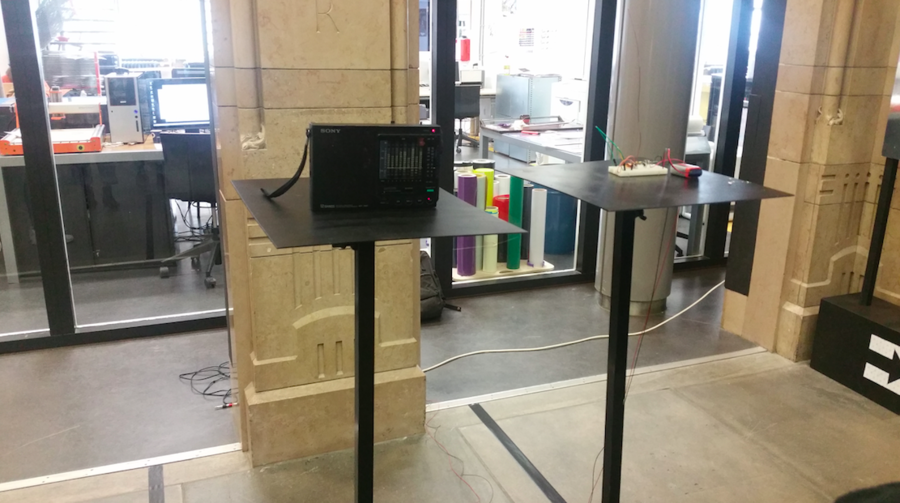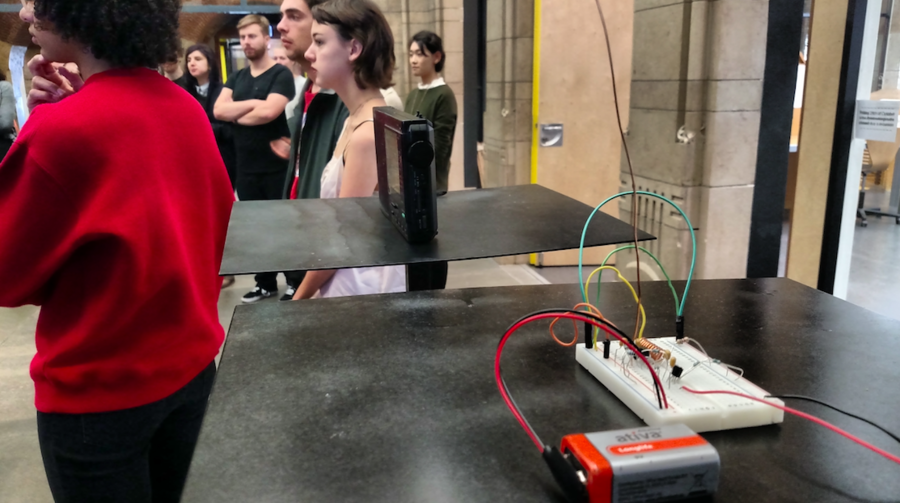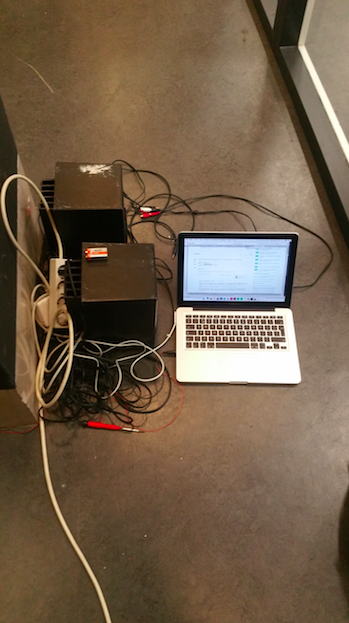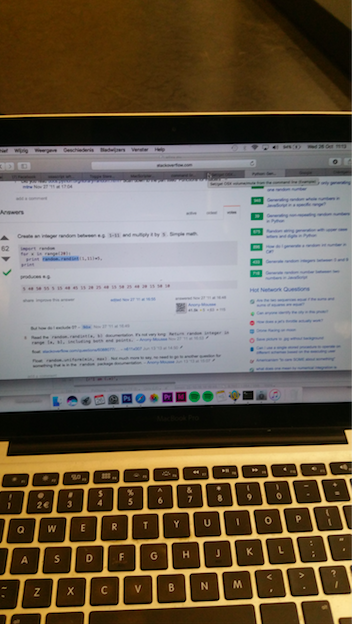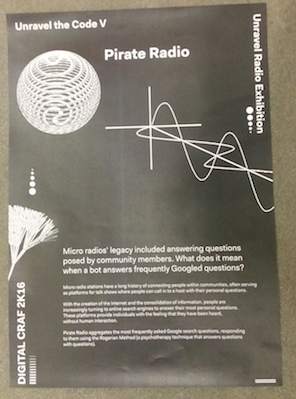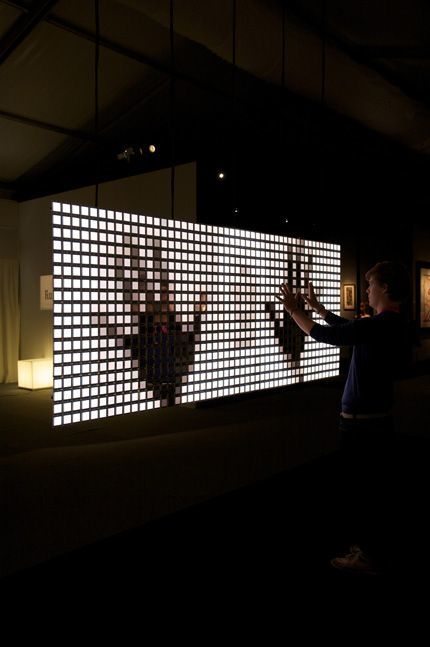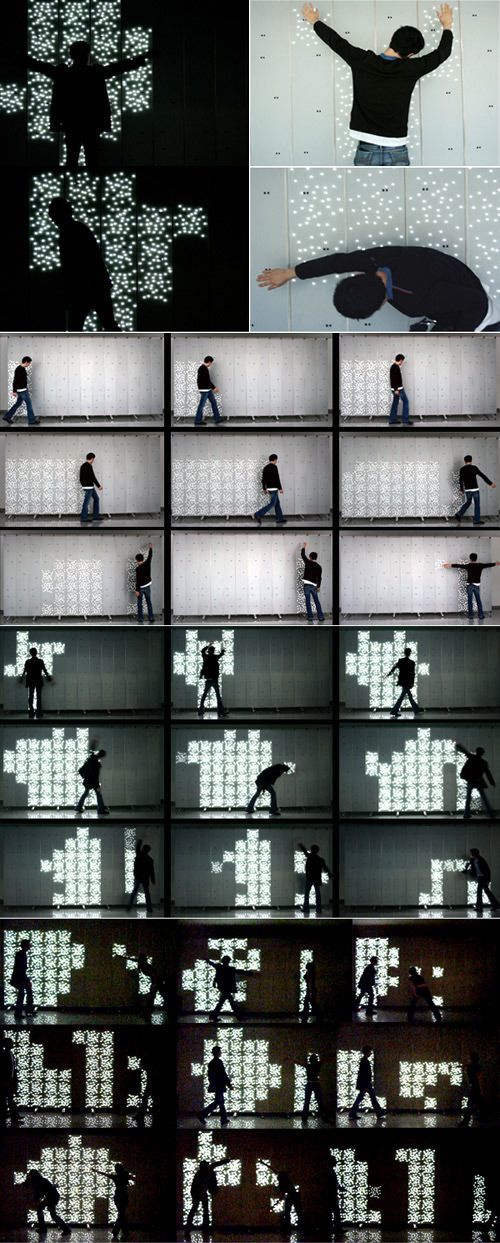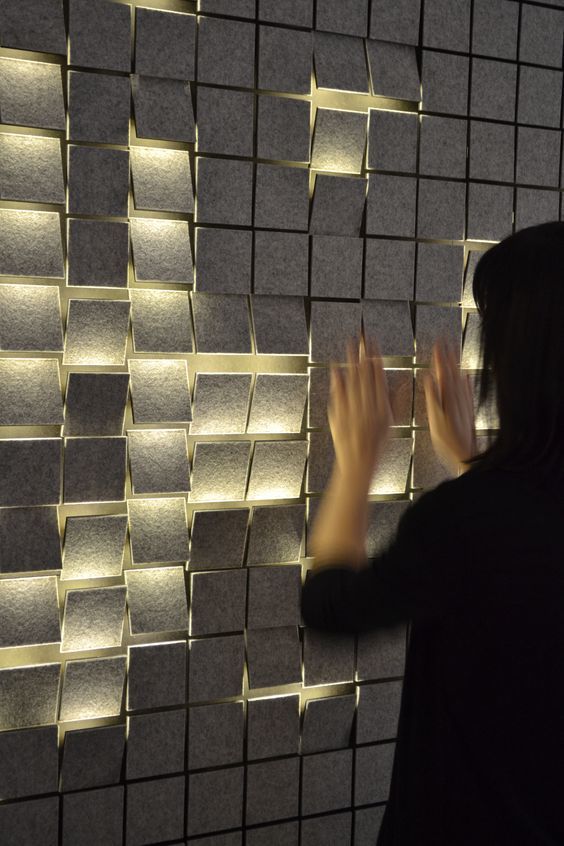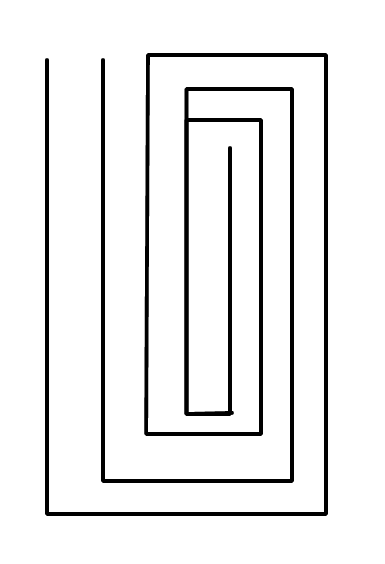Difference between revisions of "User:0901095"
| Line 7: | Line 7: | ||
The first lesson we had was a short introduction about radiation. | The first lesson we had was a short introduction about radiation. | ||
Also we needed to make an antenna by ourselves and we used our phone as radiation object. | Also we needed to make an antenna by ourselves and we used our phone as radiation object. | ||
| − | The antenna needed to be of a specific length to pick up the | + | The antenna needed to be of a specific length to pick up the WIFI signals. |
Also we made a LED on the antenna that turned on when we used the phone to transmit signals on the 2G network. | Also we made a LED on the antenna that turned on when we used the phone to transmit signals on the 2G network. | ||
Revision as of 07:55, 1 November 2016
Contents
workshop 1
First Lesson
The first lesson we had was a short introduction about radiation. Also we needed to make an antenna by ourselves and we used our phone as radiation object. The antenna needed to be of a specific length to pick up the WIFI signals. Also we made a LED on the antenna that turned on when we used the phone to transmit signals on the 2G network.
We've made the form of a elephant
Voorbeelden Digital craft/Fashion
- CHBL Pity Coat
This Jacket is designed by an Austrian company, Coop Himmelb (L) au. You can use it when you want to disappear. When you put you're phone in the jacket, google can't find you any more. The piece is made of metallized fabrics, which are blocking radio waves and shielding the wearer against tracking devices. You are no longer reachable on your mobile phone and no information from your credit card can be captured.
- BB. Suit
Designed by Borre Akkersdijk , a Dutch textile developer. And this prototype is actually the opposite of the CHBL Pity Coat. It's woven with with copper wires. With these wires you can activate Wi-Fi, GPS, NFC and Bluetooth. This makes you turn into a portable hotspot with MP3 streaming opportunities. The Wires can't hurt you because because they are hidden between two layers of cotton.
-Paparazzi Lover
Paparazzi lover” helps the wearer to remind photographers who the real star is. In a sea of flash lights, the interactive technology in the dress senses when the crowd needs a gentle nudge to properly direct their attention. In response to the photography, the 62 embedded led lights turn on to catch the eyes of everyone. The dress was created in collaboration with fashion designer Anbasja Blanken.
-Smart T-SHIRT has GPS and sensors that monitor your heart rate
The ‘D-Shirt’ is made from a special fabric woven with sensors which record your heart rate, GPS location, route, speed and altitude They send the information to a small detachable transmitter on the back of the shirt, which sends transmissions to the smartphone via Bluetooth Inventors have unveiled a new digital running shirt which has all the features of an electronic tracking device and more.
File:By French company Citizen Sciences.jpg
workshop 2
RTL-SDR Dongle
During this lesson we learned how we need to use a RTL-SDR Dongle with the program GQRX.
We learned also the difference between FM Radio and AM Radio.
A couple of notes I made during this lesson:
kilo Hz = one thousand Hz
mega Hz = one million Hz
giga Hz = one thousand million Hz
signal frequency:
1 Hz is one wave length in 1 sec.
2 Hz is two wave length in 1 sec.
How more Hz you have, how higher the sound.
Doppler effect: when you are standing still and something passes by really fast, while making a certain sound, the sound will change.
signal = a tone
FM = changes frequency (Frequency Modulation)
AM= changes amplitude (Amplitude Modulation)
We needed to experience with the dongle and pick up sounds and signals. I worked together with Mirthe. At first it was really hard to find a signal or sound so we did some research on the internet how to use the RTL-SDR dongle. After searching for a long time we finally found a radio station.
We tried to find signals of planes but that didn’t worked out. After this we only picked up some noises of which we could not figure out what they were.
We also tried to pick up signals somewhere high outside but that didn't worked either.
workshop 3
Imaginary Radio Research
During this lesson we worked in groups and were instructed to come with a concept for an imaginary radio. After a while we had our concept and presented it. Next we had to work out the concept of another group.
This concept was about communication trough water.
It needed two buckets with water, located in separate rooms.
In one bucket a sensor is built. When you talk into the water of this bucket, the water in the other bucket reacts on it.
We used one music box and made a little box around it. On the top we put water.
So when you connect you're phone with the box and play some music the water oscillates.
The sound needed to be very hard if you want to see something.
We also looked if it worked when someone calls and talks trough the phone.
This worked, but only if the sound was very loud. So the caller needed to screa
We also did try it with wool, but this was not working.
Imaginary Radio
For this project we needed to work in groups of two persons. Mirthe and I formed one group.. The assignment was to make a form of communication with a big influence on people and culture. We needed to come with a complete scenario of this.
At first we did thought about what kind of story we wanted to tell and what we wanted to use for it. We thought of doing something with light, reflection, electromagnetic waves, materials that can influence the electromagnetic waves etc.
We wanted persons to communicate with each other but without seeing or hearing the other person.
We thought of using it during a job interview because a lot of times job candidates are judged on their look. We decided that our new communication mechanism was ideal to rule out racism.
The communication would happen by using a projector that we made ourselves. So you can write something and the man or woman on the other side can read this on the wall.
We also thought about making it more digital because you can also judge someone on ones handwriting.
The project worked out very well but we came to the conclusion that it could be much easier by using a transparent sheet. You write something on the sheet and by shining a bright light through it, it can be read on the other side where the light hits the wall. It turned out to be much sharper than using a projector.
This is our poster with the scenario
workshop 4
Pirate Radio
For this workshop we worked together with a MICA student. We were separated in different groups. Each group had a different assignment.
Our group was split into two. One group should come with a concept and the other group should make a transmitter.
I was joining the group involved in making the transmitter because I had difficulties understanding it, and creating a transmitter would help me understand it.
It was really nice and I had a lot of fun making it.
We made a transmitter with a connection in which you can plug in your phone, When playing music on your phone it could be received on the radio after finding the right frequency.
We had a schematic drawing with all components and how it needed to be connected.
The transmitter did not work at first because we made errors in some connections. After a while and with a lot of help we found every mistake. We tried again but could not find the right frequency.
concept: Pirate Radio
Micro radio stations have a long history of connecting people within communities, often serving as platforms for talk shows where people can call in to a host with their personal questions. With the creation of the Internet and the consolidation of information, people are increasingly turning to online search engines to answer their most personal questions. These platforms provides individuals with the feeling that they have been heard, without human interaction. Pirate Radio aggregates the most frequently asked Google search questions, responding to them using the Rogerian Method ( a psychotherapy technique that answers questions with questions). Micro radios' legacy included answering questions posed by community members. What does it mean when a bot answers frequently Googled questions?
The schematic drawing with all components and how it needed to be connected.
concept imaginary radio
Mirthe and I had the concept with the job interview at first. But we wanted to do something else, something that would interest us a little bit more. We liked the previous Idea with the wall and the communication through a wall, without knowing what is behind it. It could be basically anything, also something fictive. We were brainstorming about something that could symbolize the touching of something 'unknown'. We immediately thought of a view science fiction movies and series we've seen. It almost a common thing within science-fiction movies to let different species meet each other through a touch by hands/fingers. We thought this was an interesting out come to do a concept with. What we know about these movies is that they also have a particular (science-fiction) style that could be a nice factor within our project. We looked some of them up. We also looked for some inspiring artists who allready did something with this type of 'wall communication'. A view examples are:
‘You Fade To Light’ is is an interactive media installation that provokes a kinesthetic dialogue between the viewer and their very own mirror image. The work encourages the audience to physically and intuitively experience the creation of light itself. 2u
These 2940 yellow and black plastic spheres across a 35m-long wall made up the fun and engaging interactive pop-up installation at London's King's Cross station called Song Board
We thought of making a communicating wall/ maze. The maze will be from textile where you can't really touch each other but experience the presence of each other by seeing blurry silhouettes through a textile wall. When you get closer or touch the wall, the silhouette will change. The exact form of the creature is not certain, because we made some kind of structure in the textile, which manipulates the view. We chose for a maze, because most of the time in science fiction, it is hard to reach another dimension but not impossible. Here is a floor map from our installation:
Maze.png
For the fabric we want to make some kind of structure that effects the view of the certain side of the wall. The dimensions are manipulated by what they see, when they look at the other species. We tried some structures with cubes. For this quarter we would like to combine analogue with digital. We would also like to manipulate some movement in the walls by embroidering LED lights that will light up when you get close to the wall for example. We really want the maze to be a crazy science fiction experience by adding communication that has also been manipulated. Just in science fiction movies, a lot of times the human can not exactly place what the species is or what it communicates.
